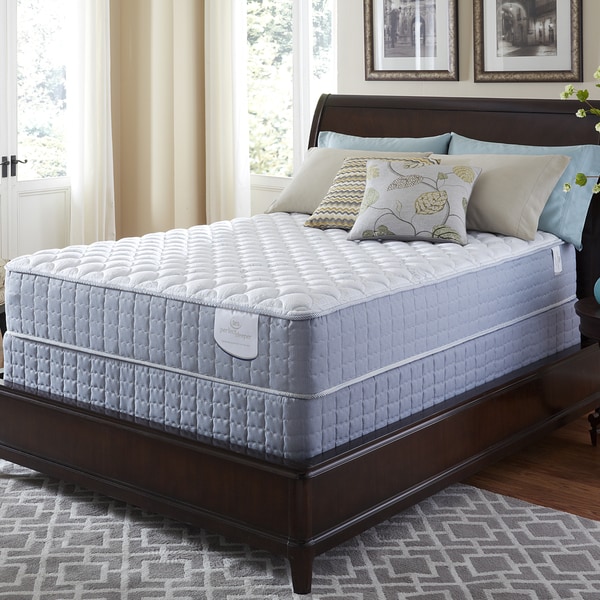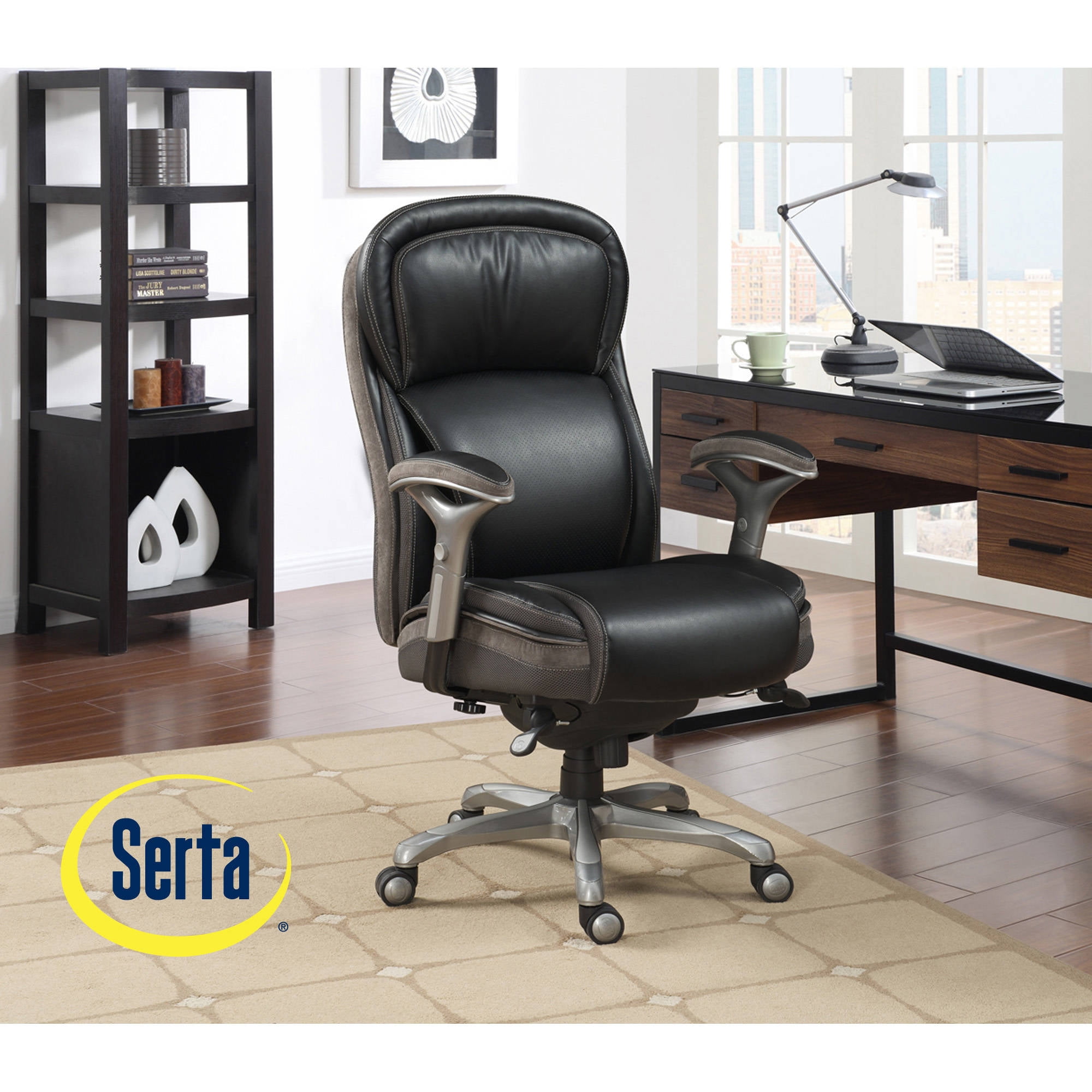
I’m not sure what was causing it, but every slight shimmy or shift in the seat created an audible squeak. All was right with the world, until about Day 3 when the noises began. It was a huge improvement, providing support and cushioning in all the right places. After a couple of hours assembling one of the chairs, I road-tested it. They boasted ample padding, plenty of lumbar support, and reliable controls that wouldn’t give me the roller coaster ride of my old chair. Our First Choiceįor our first choice, we splurged, spending $350 for a couple of high-end chairs produced by a major mattress manufacturer. Most office chairs, we learned, were not one-size-fits-all. Some chairs offered moderate support, and others were designed with more pronounced undulations in the lower back cushion. We also found that most chairs made lumbar support a priority, but it was not an adjustable feature. Her legs would dangle off some taller chairs. While this wasn’t an issue for me at 5-foot 11-inches, it was for my wife who is 5-foot 2-inches.

It was critical that the seat drop low enough so our feet could rest flat on the floor to provide adequate support. Sure, we knew we needed lumbar support for the back and that the seat cushion needed to have enough padding so our keisters would not be subjected to the chair’s hard internal frame, but there was more. Related: 18 Home Office Items for Optimal Ergonomics and Productivity What We LearnedĪs we sat in chair after chair after chair, we learned a lot about the ergonomics of sitting. We needed to know how the chairs would feel and the only way to do that was by seeing them in person. Online reviews were helpful in determining durability and build quality, but people have a broad range of body types, so what one person might find comfortable could be uncomfortable for another. While we were accustomed to making most purchases online, we quickly came to the conclusion that conducting research solely on the Internet wouldn’t be enough. Photo: Tony Carrick The Search for Ergonomics My wife, who also works from home full-time, was facing similar struggles in her relationship with her own $50 office chair. Over the course of a few hours, the metal pin that held the chair in upright mode would work itself free, causing the chair to recline violently and without warning.Įven though the unexpected feeling of suddenly falling backward kept me on my toes during the workday, it was clear the chair had to go. The plastic panel designed to provide lumbar support in the seat back was woefully ineffective, and the chair also suffered a critical design flaw. It didn’t take long for the thin padding on the seat to compress, leaving my poor sit bones to contend with the rock-hard piece of plywood that made up the seat base.
#Serta perfect layers chair full
While it was passable for the hour or two spent tallying the monthly bills or a few hours of work here and there, the flaws in its design became apparent once I put it into service full time.

When I bought it, I hadn’t transitioned to full-time desk work at home yet, so a cheap home office chair seemed like a suitable choice.

The office chair that I was suffering with wasn’t old-I bought it about a year prior-but it also wasn’t particularly expensive either, coming in at the bottom of the office chair market at about $50. The Problems with a Bargain-Priced Office Chair

#Serta perfect layers chair upgrade
It was time to upgrade to a more ergonomic chair. The bargain-priced office chair that had sufficed prior to my occupational change was no longer cutting it. While I was enjoying the flexible hours (and working in my pajamas), my back was suffering from the long hours of sitting. Since making the transition to working at home full time less than a year ago, I’ve spent more time sitting in front of a computer than ever before.


 0 kommentar(er)
0 kommentar(er)
